The advantages of becoming the world’s third largest economy by 2028 are many. It has been stated and oft repeated by India. But this time British Prime Minister Keir Starmer himself, heading up the sixth largest economy now, said it during his visit just concluded. These advantages are likely to manifest thick and fast as more and more countries make a beeline for the most populous country on earth.
India, with a 70 crore strong consuming middle class alone, compared to a total population of 7 crores in Britain and 25 crores in America, is the fastest-growing major economy in the world. It has a roaring domestic economy and huge consumption statistics. It is building infrastructure to modernise at a frenetic pace.
India’s ambition to become a developed nation by 2047 requires accelerating GDP growth from the current 6.5 per cent to 8 per cent or higher. Enhanced trade and cooperation with Europe could provide the needed boost amid global headwinds.
The trade agreement with Switzerland and three other small countries not in the EU, the European Free Trade Association (EFTA)—Switzerland, Norway, Iceland and Liechtenstein—just became effective in October 2025 and promises to pour in an investment of $100 billion over 15 years. It took decades to finalise this agreement, but now India’s time has come.
The EU-India FTA is also nearing completion, as is the Indo-American interim trade agreement, despite knotty issues in the negotiations mainly related to agricultural items. India’s pursuit of strategic autonomy in foreign policy and its firm stance on protecting national interests in trade negotiations has unsettled the West, which is accustomed to imposing unequal treaties on a once-poor and compliant India. But under the present Modi government, there is little choice but to respect its stance.
Impact Shorts
More ShortsThe Indo-UK FTA, also in the works for a long time, was finalised in July 2025 and was signed recently when Prime Minister Narendra Modi visited Britain. The follow-up visit by British PM Starmer over two days, along with a 125-strong entourage, resulted in at least three substantial announcements.
There will be nine British university India campuses opened shortly. Letters of intent were received during the visit from Lancaster University for a campus in Bengaluru and an in-principle approval for a campus of the University of Surrey in GIFT City, Gujarat. Many others will follow, with PM Starmer saying all the British universities will come. This will provide access to quality British higher education at a greatly reduced overall cost to the Indian students and their families. Will the American universities and those from Singapore and Australia follow suit?
India signed an agreement to buy over Rs 4,000 crore worth (350 million pounds sterling) of Lightweight Multirole Missiles (LMM) manufactured by Thales of the UK. In addition, India and Britain intend to finalise a government-to-government agreement to cooperate on developing maritime electric propulsion systems for Indian naval platforms. This will be worth an estimated 250 million pounds in the first phase alone.
An agreement was signed for the training of Indian Air Force (IAF) flying instructors with the Royal Air Force (RAF). There will be joint research and development in AI and critical minerals. Efforts are on to revitalise existing joint trade bodies and CEO forums afresh.
PM Modi expects trade and cooperation with Britain to double in five years or sooner, to over $100 billion from the current $56 billion. With the UK growing at 1 per cent or less, this FTA is extremely important for it and represents the first major agreement after Britain left the EU in Brexit.
Other items discussed include intelligence sharing, negative media in Britain, Khalistani activists, vociferous Islamists who favour Pakistan, fugitives from the law in India residing in Britain, and economic offenders, but it is difficult to assess if Britain is politically able to do very much to curb their activities or to repatriate any of them. Likewise, PM Starmer is holding firm on not letting in more Indians into Britain or loosening stringent visa conditions.
Britain is closely allied to America and will need to harmonise its changing policies to a great extent with the US, and this could affect security cooperation, including technology transfers between India and Britain, despite the FTA. However, because France, a fellow Nato member, and a leading force in the EU along with Germany, is also cooperating in defence with India, these rival competitors will persuade Britain to try and stay in the fray as much as possible.
America’s overall waning influence in an increasingly multipolar world is another reason to reorient policies that are out-of-date, including those in the UN, particularly the UN Security Council. The conversation on these matters is cordial, but it is likely that the UNSC permanent members with the veto (Permanent 5), and the G7, despite a push from Brics, will not budge from long-held positions for as long as they can.
India, on its own, is a major player in the G20 and Brics, and a key member of the Shanghai Cooperation Organisation (SCO). As a strategic partner of Asean and a leader of the Global South, India cannot be easily pushed aside—a reality both Europe and America are coming to terms with. They’ve had to do so for long with China, and now India too won’t be denied. That India is inching towards better relations with China is also not lost on them.
India’s close ties with Russia—including significant purchases of crude oil and armaments—have not been allowed to interfere with its relationship with Britain, despite the UK’s stance on the Ukraine conflict.
The dramatic cut in duties both ways in the Indo-UK FTA will facilitate Indian exports of most materials under 50 per cent tariff from the US, such as textiles, gems and jewellery, leather goods, agricultural produce, and seafood, and likewise lead to imports of multiple British goods, including Scotch, at much lower prices.
However, in all the FTAs under negotiation, there are some red lines drawn by both sides, but the attempt is to agree on as much as possible for the sake of greater trade and industry. This is the realistic situation in today’s world as the old order with a dominant West gradually gives way to a multipolar world led by China and India.
The writer is a Delhi-based political commentator. Views expressed in the above piece are personal and solely those of the author. They do not necessarily reflect Firstpost’s views.


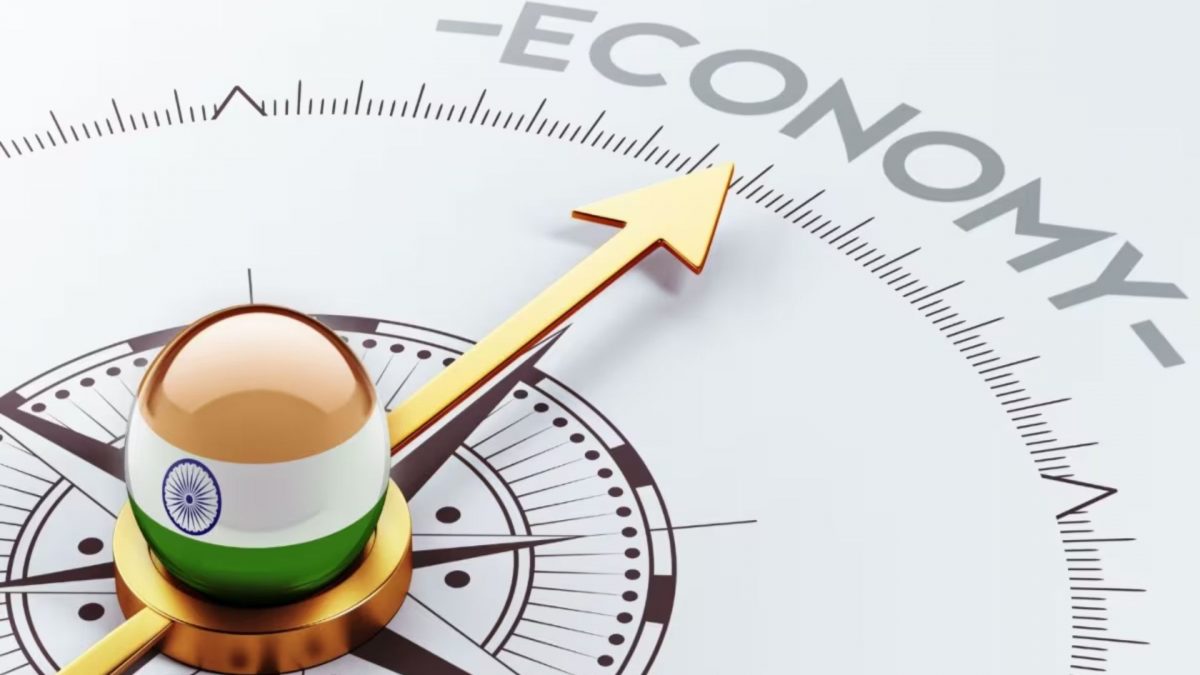)
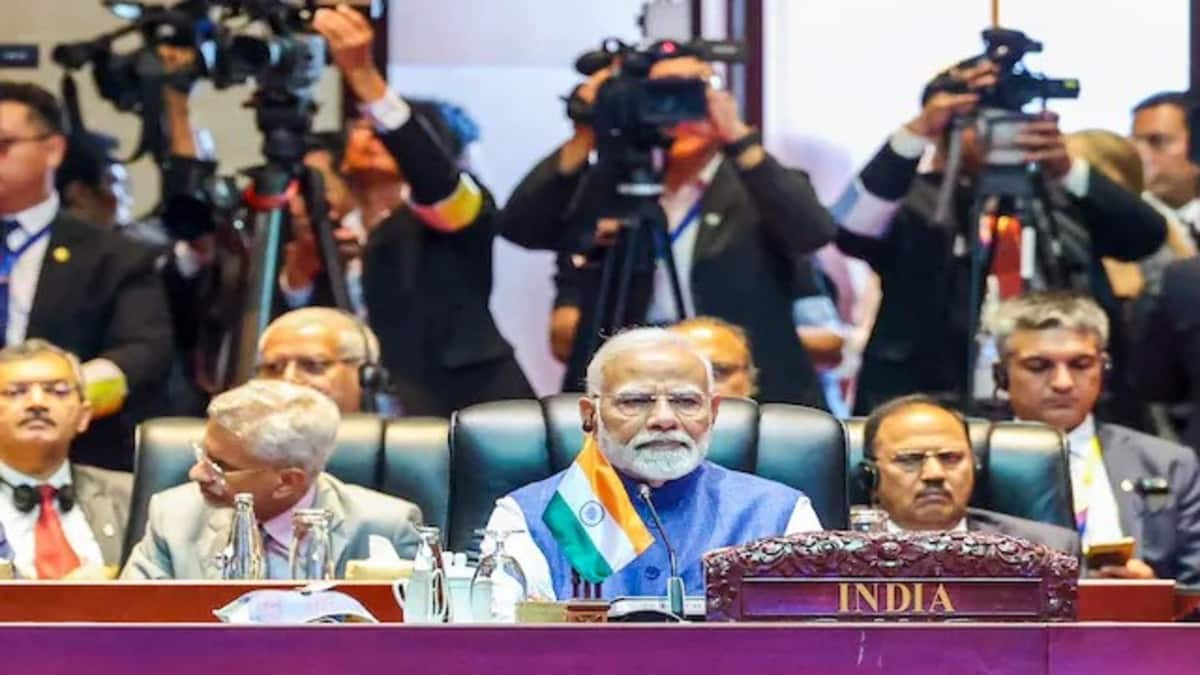
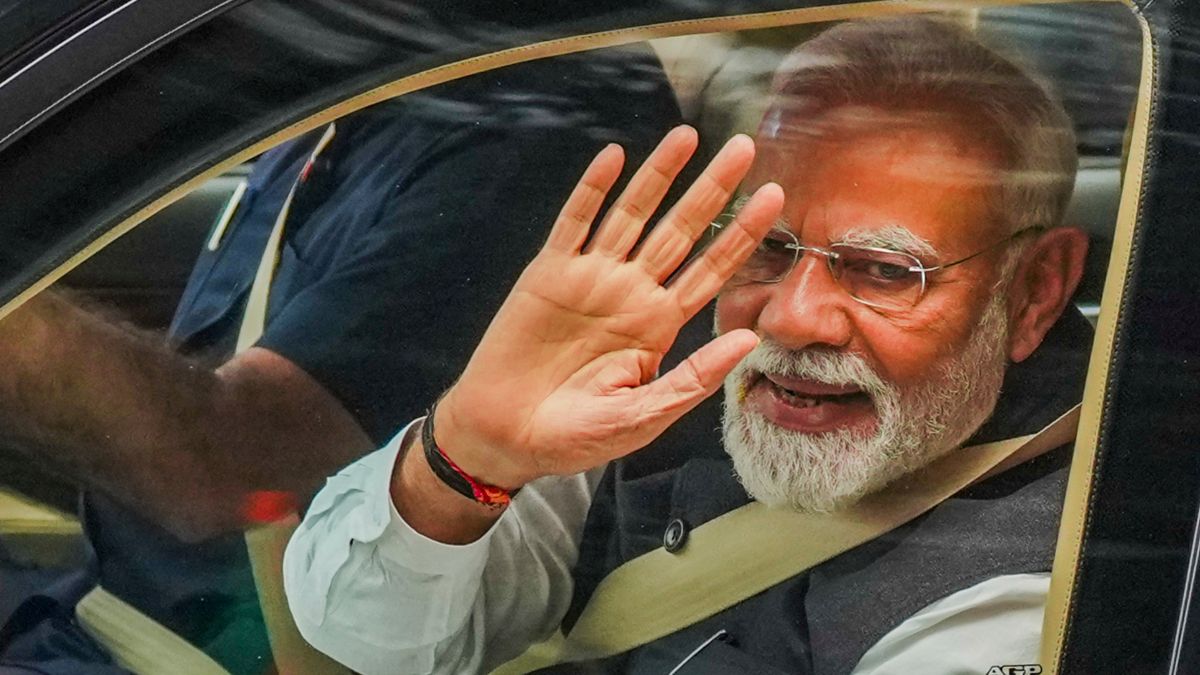)
)
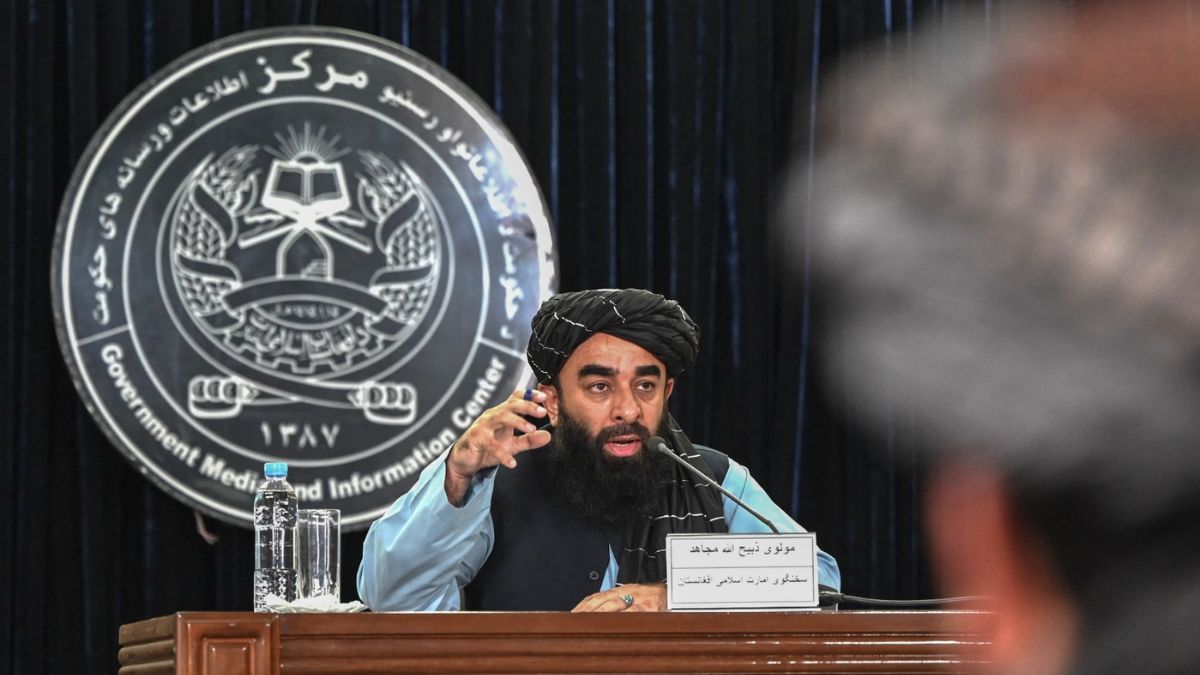)
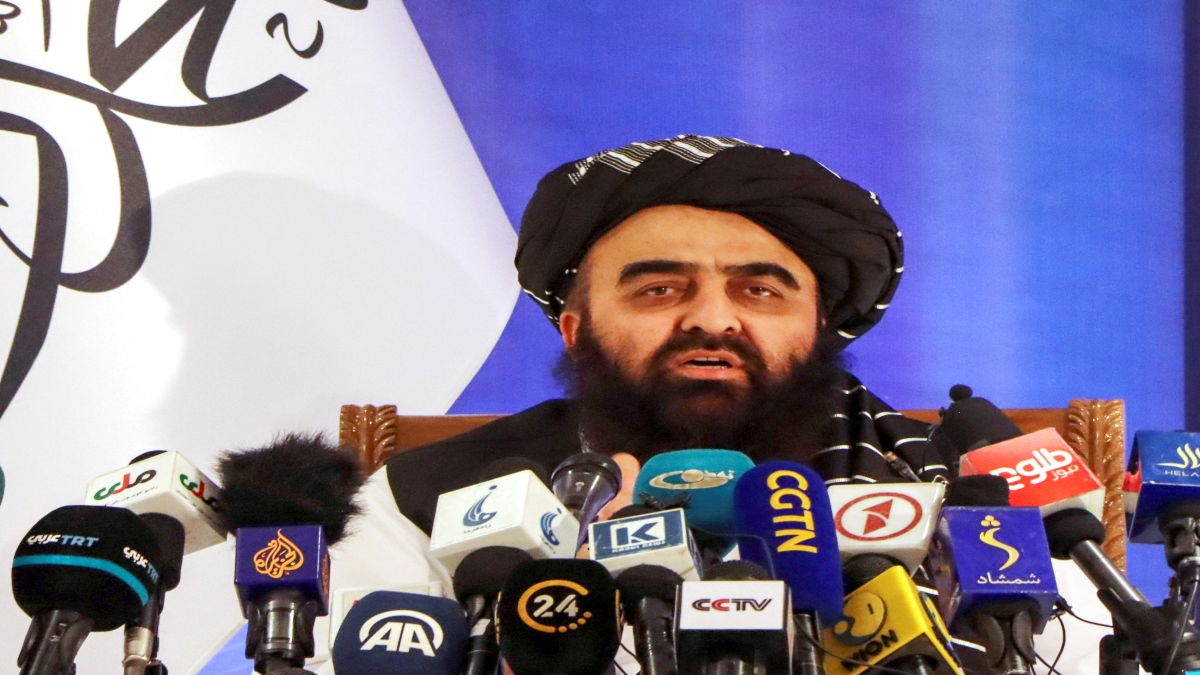)
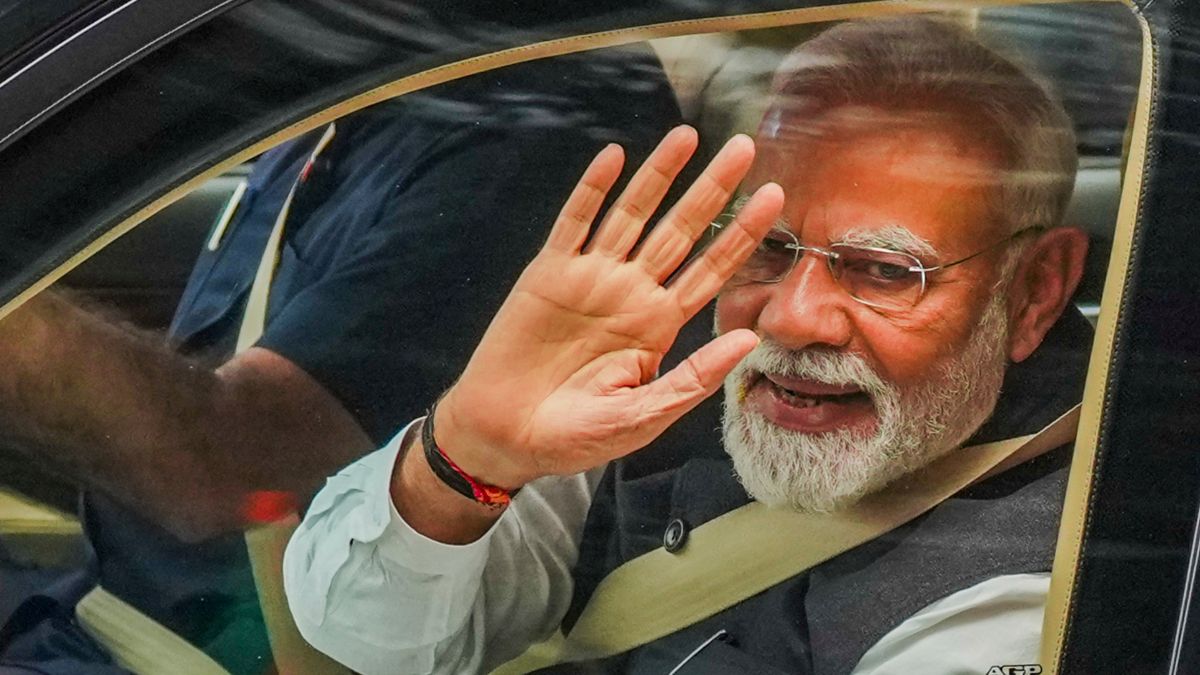)
)
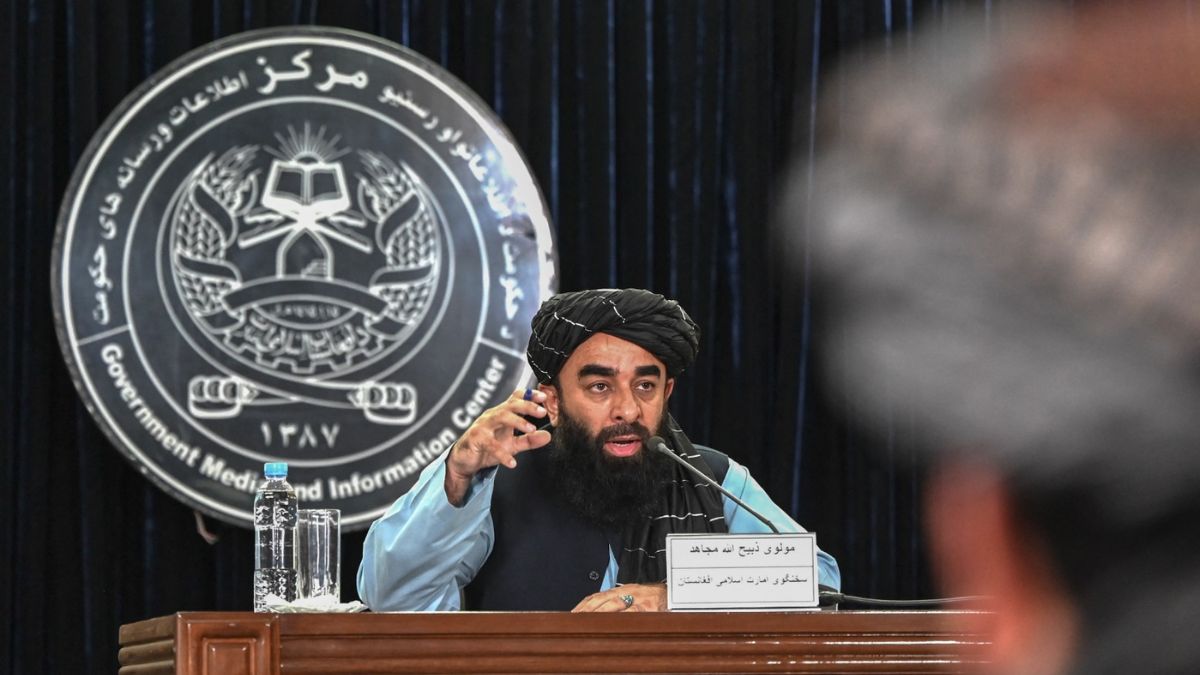)
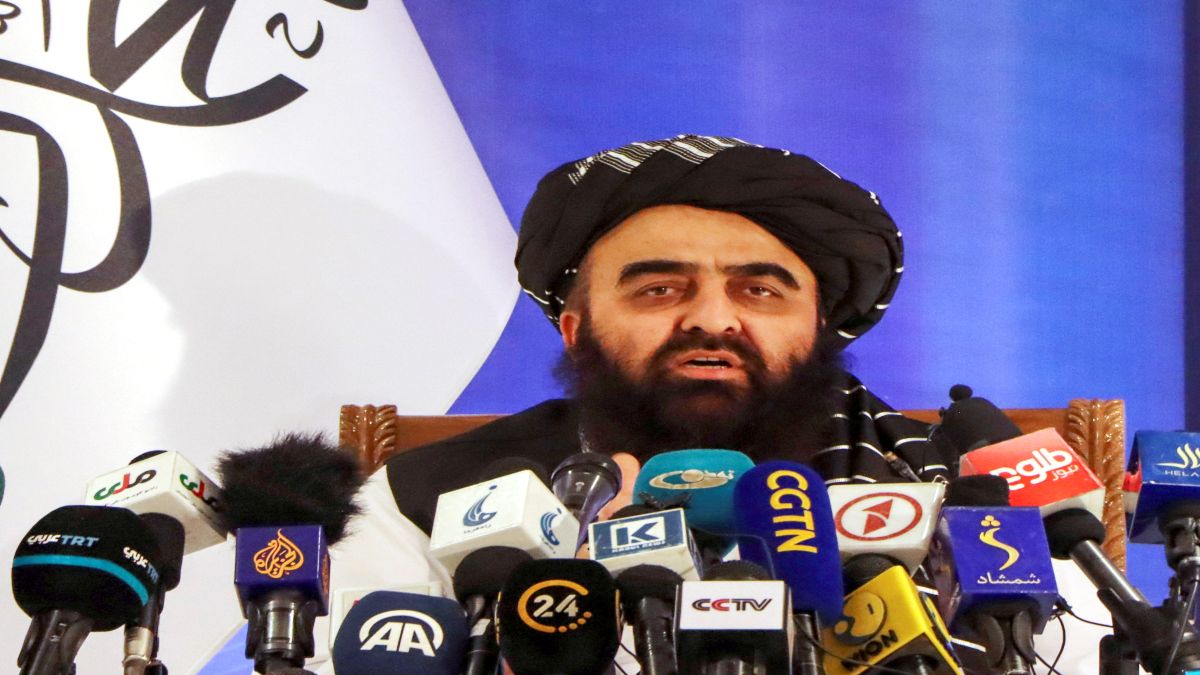)



